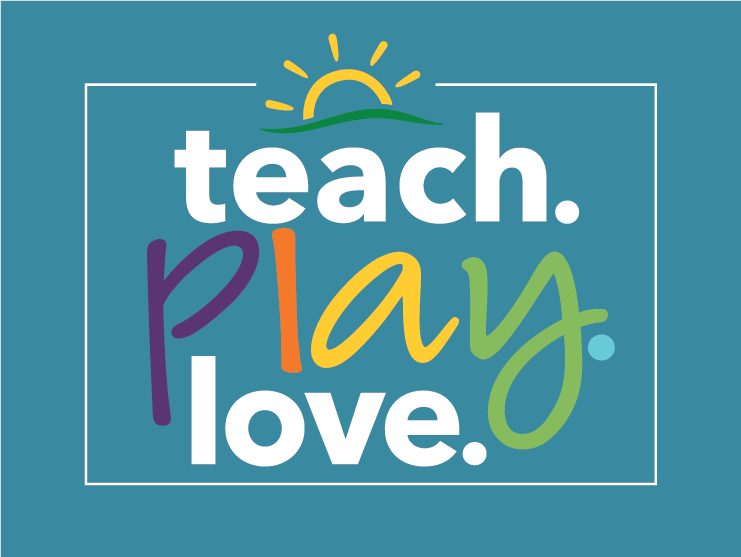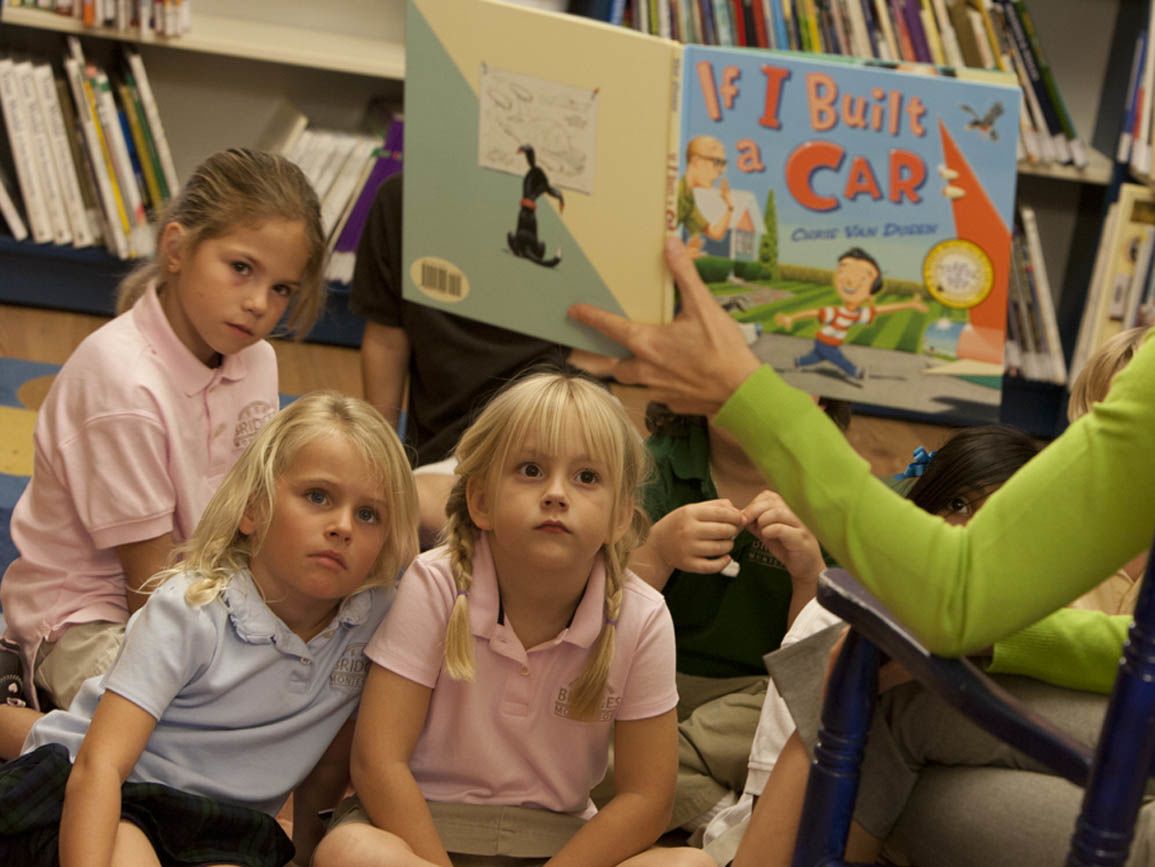Active, hands-on engagement with art materials gives your young child a way to express themselves — and it’s just plain fun. Having a well-stocked art cart in your home is an easy way to invite children to imagine, experiment, solve problems, express ideas, collaborate, and be creative.
An art station or cart can be curated based on the age and interests of your child. Think about having a cart (even a small one) that can move around your home. Consider organizing supplies in containers for easy transport out of the home, whether finger painting outdoors or taking drawing supplies to a restaurant.
But what should go in a child’s art cart?
- Materials with a variety of colors and textures: Colorful construction paper, tissue paper, bubble wrap, cardstock, contact paper, wrapping paper, envelopes, etc. pom-poms, yarn, craft sticks, clothespins, etc.
- Loose parts and natural items: Pinecones, rocks, sticks, and shells. And don’t be afraid to include items from your recycling bin, such as egg cartons, paper towel tubes, or milk jugs, etc.
- Drawing tools: Crayons, markers, ink daubers, pencils, washable tempera paint sticks, colored pencils, etc.
- Moldable Items: Playdough, clay, pipe cleaners, or homemade doughs. Also include dough tools, such as a rolling pin, or a stamper that makes an interesting mark.
- Paints and paintbrushes: Watercolors, finger paints, tempera paints, paintbrushes of different sizes, or unusual tools like toothbrushes or potato mashers.
- Sticking Tools: Masking tape, liquid glue or glue sticks, blue painters’ tape, twine, or string.
- Child-safe scissors: With supervision, young children can gain confidence using scissors independently—a great school readiness skill!
- Stickers: Stamps, stickers, post-its, dot stickers in various sizes and colors.
- Blank canvas: White printer paper, rolls of white butcher, or brown kraft paper. Consider using recycled paper, such as packing envelopes, paper bags, or cardboard from cut-up boxes.
- Storage containers: Keep materials neat and appealing for children by keeping them organized in containers. Add a label with the item’s name and icon to each container so your child can help clean up when art time is done!
Other tips:
- Think about the age of your child when creating the art cart. Place toddler safe material on lower shelves for easy access.
- To support your child’s interests and skill levels, consider rotating art materials to extend excitement and learning.
- Consider the needs and safety concerns of your child; be particularly aware of potential choking hazards. Make sure that all products are nontoxic and preferably washable.
- Add a literacy component to your art cart using some of our favorite art-related books:
- Lines That Wiggle by Candace Whitman
- Little Green Peas by Keith Baker Art by Patrick McDonnell
- Bear Sees Colors by Karma Wilson, pictures by Jane Chapman
- Beautiful Oops! by Barnie Saltzberg
- Little Blue and Little Yellow by Leo Lionni
- Museum ABC by the New York Metropolitan Museum of Art
- The Artist Who Painted a Blue Horse by Eric Carle
- Henri’s Scissors by Jeanette Winter
- Ish by Peter H. Reynolds
- The Dot by Peter H. Reynolds




